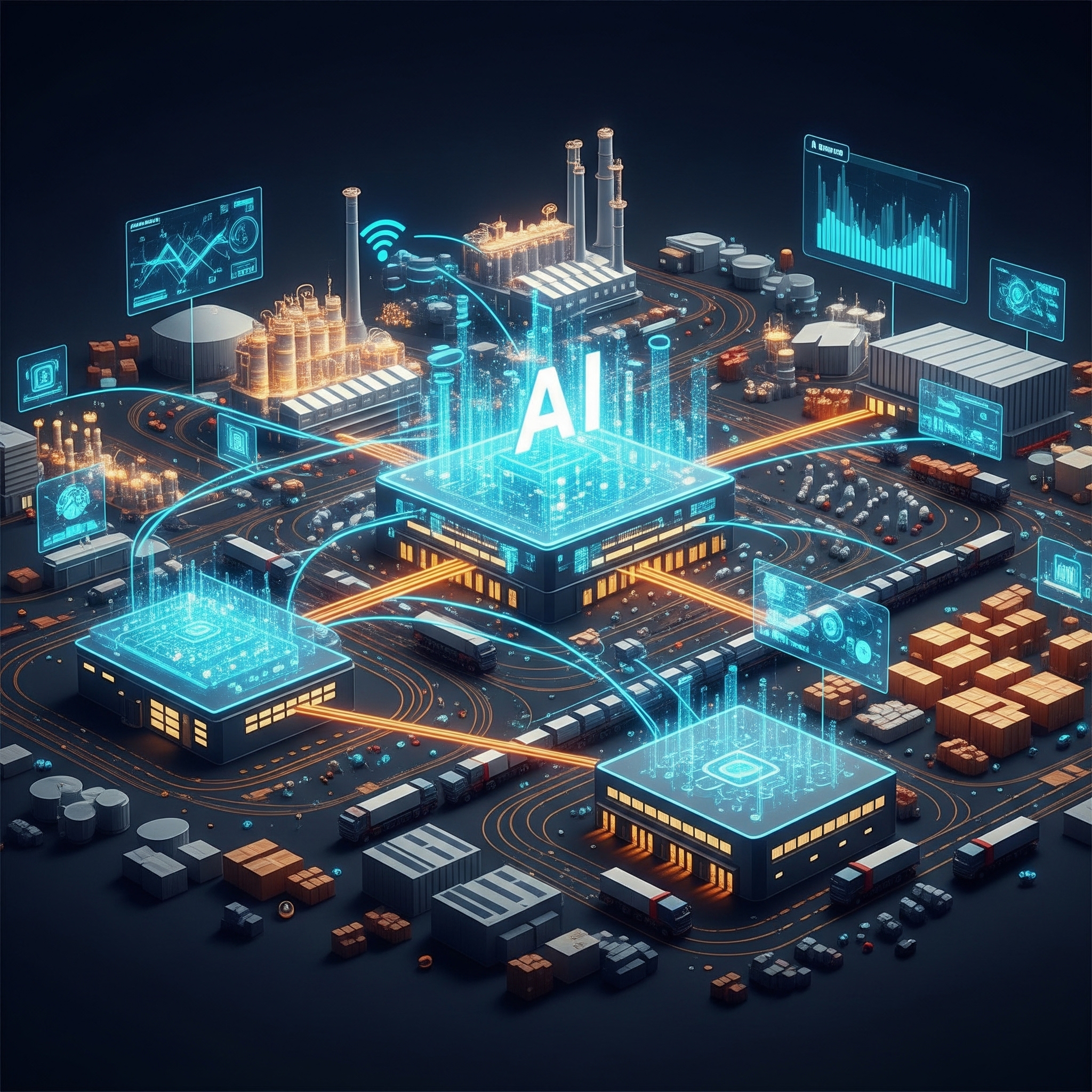
Recently, Amazon revealed the next phase of its supply chain transformation: a suite of generative AI-powered technologies that promise to cut delivery times by an entire day. The industry giant is not alone with its adaptations as across industries, global logistics leaders are harnessing generative AI, robotics, and digital twins to optimize supply chain efficiency, reduce carbon footprints, and improve customer satisfaction.
These innovations don’t just improve margins—they are fundamentally altering how we think about manufacturing, distribution, and retail. This new wave of innovation signals a broader shift toward smarter, faster, and more transparent logistics ecosystems.
Generative AI has emerged as a key enabler of real-time decision-making in supply chains. It builds on foundational technologies like machine learning, predictive analytics, and IoT, but adds a new layer of adaptability by simulating complex logistics environments. Here’s what it can do:
According to McKinsey, these capabilities could unlock over $500 billion in value annually across global supply chains by 2030.
While Amazon garners attention, several other industry leaders are pushing generative AI into supply chain management:
These efforts signal a cross-sectoral movement—AI is no longer just about back-office automation; it’s now at the heart of real-time global operations.
Speed is money in the world of logistics. For every day shaved off a delivery window, massive cost savings and customer loyalty gains follow:
This optimization also impacts sustainability: smarter routing and predictive maintenance reduce greenhouse gas emissions, helping companies meet tightening ESG requirements.
While the tech giants focus on logistics, JourneyFoods is addressing one of the most critical supply chain segments—food and nutrition. Using proprietary AI tools, the startup is helping food brands make more efficient, sustainable decisions at every step of the product lifecycle:
In a 2025 pilot with a global snack manufacturer, JourneyFoods' AI helped cut delivery times by 14%, reduced spoilage by 21%, and saved nearly $6.7 million in logistics and material costs.
Beyond speed and savings, generative AI also enhances supply chain transparency and accountability—vital for companies focused on ESG (Environmental, Social, and Governance) metrics:
JourneyFoods is especially focused on reducing the carbon footprint of food, one of the largest contributors to global emissions. Their platform can show how sourcing a specific plant-based protein from a regional supplier rather than a global one cuts emissions by up to 55% for that ingredient.
With AI integration quickly becoming standard practice, we’re entering a phase where supply chain intelligence will be a core layer of business infrastructure, not just a value-add. This means:
As generative AI becomes a fixture across logistics and manufacturing, the ripple effects are enormous. Days saved in delivery translate to billions in revenue, tons of carbon emissions avoided, and massive improvements in consumer trust.
From e-commerce to energy to food and beverage, the message is clear: AI is no longer the future of the supply chain—it is the supply chain.
For a startup like JourneyFoods, this shift is not just an opportunity—it’s a mandate. Building intelligent, responsive, and sustainable food supply chains is not just good business; it’s essential for feeding a growing world in uncertain times. And with generative AI in the toolkit, that mission just got a whole lot smarter.
